The Majestic German Shepherd Silver Sable
PETSIDI – The German Shepherd is one of the most popular dog breeds in the world, renowned for its intelligence, trainability, and versatility. While most people are familiar with the classic black and tan coat, German Shepherds also come in a stunning silver sable color.
What is a Silver Sable German Shepherd?
The German Shepherd is a classic and popular breed renowned for its intelligence, trainability, and devotion. While most people recognize the black and tan coloration, German Shepherds also come in a stunning silver sable coat.
The silver sable German Shepherd has a unique wolf-like appearance with its mix of gray, silver, and black hairs tipped in black. This coat coloration occurs due to a specific combination of recessive genes being passed down by both parents.
For a German Shepherd to have the silver sable coat, it must inherit two recessive genes – one for sable, and one for dilution. The sable gene (a) restricts black pigment to just the tips of the outer hairs. The dilution gene (d) turns that black pigment into shades of gray and silver.
Both genes must be inherited from both parents in a double recessive pairing in order for a German Shepherd puppy to be born with the distinctive silver sable coat. If just one gene is missing, the pup will not have the full silver sable coloring.
The result is a stunning blend of colors ranging from light silvery platinum to darker charcoal gray mixed with black tips and accents of cream, beige, and tan. This unique coat pattern meets the breed standard for a purebred German Shepherd.
So in short, a silver sable German Shepherd is a purebred GSD with a specific genetic combination that produces a striking silver-gray coat with black tips, over a lighter undercoat. Their one-of-a-kind appearance stands out while maintaining the essence of this intelligent, versatile breed.
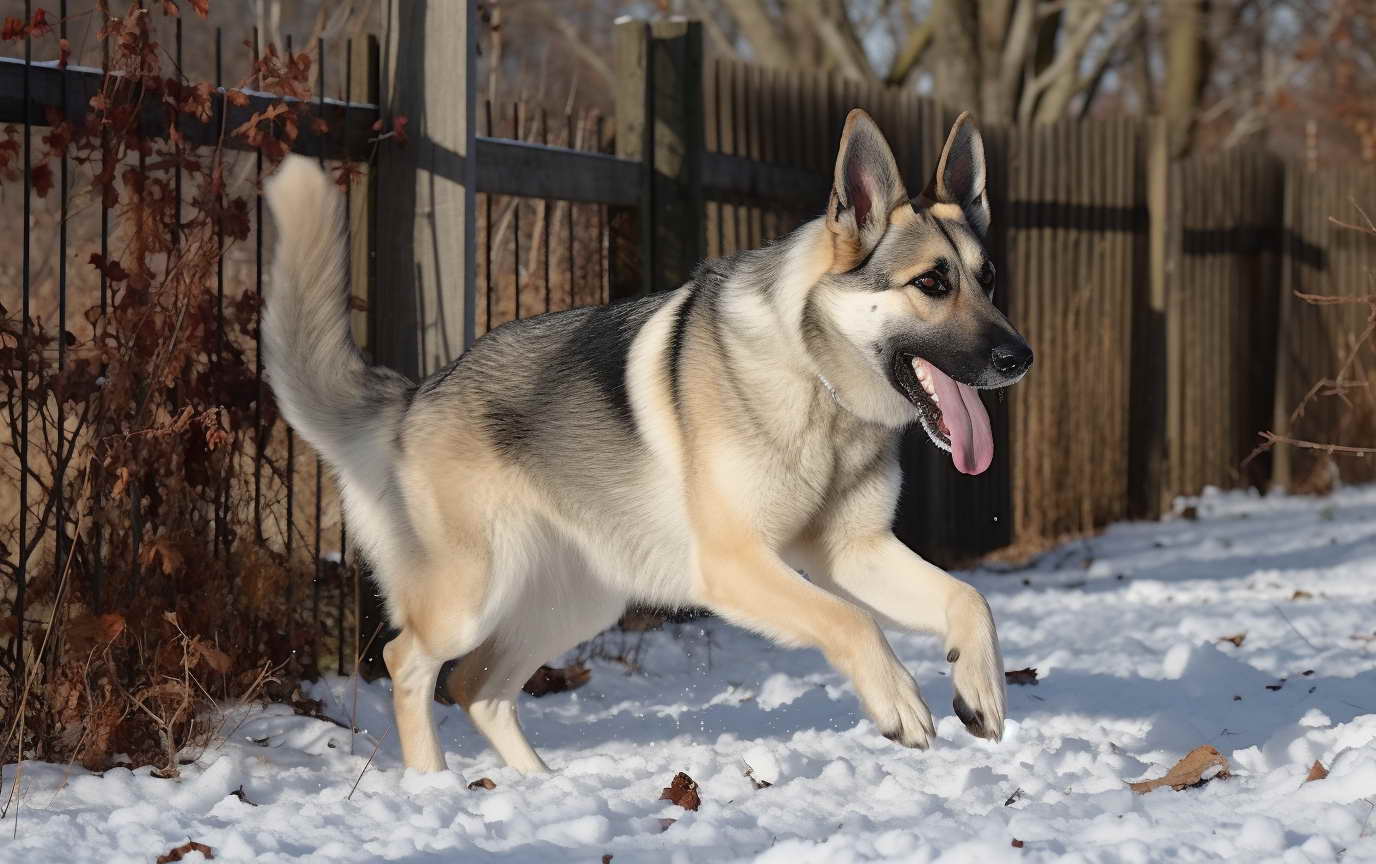
Appearance of the Silver Sable Coat
The silver sable coat consists of a unique blend of colors:
- Silvery-gray undercoat
- Black-tipped outer guard hairs in shades of gray and silver
- Accents of cream, beige, and tan around the face, legs, and underside
- A black mask on the face
This combo of colors can range from a pale platinum gray to a darker charcoal hue. The coat color may lighten as the German Shepherd matures.
Silver sable German Shepherds have a double coat with a dense, soft undercoat and a medium-length outer coat. Their coat sheds moderately.
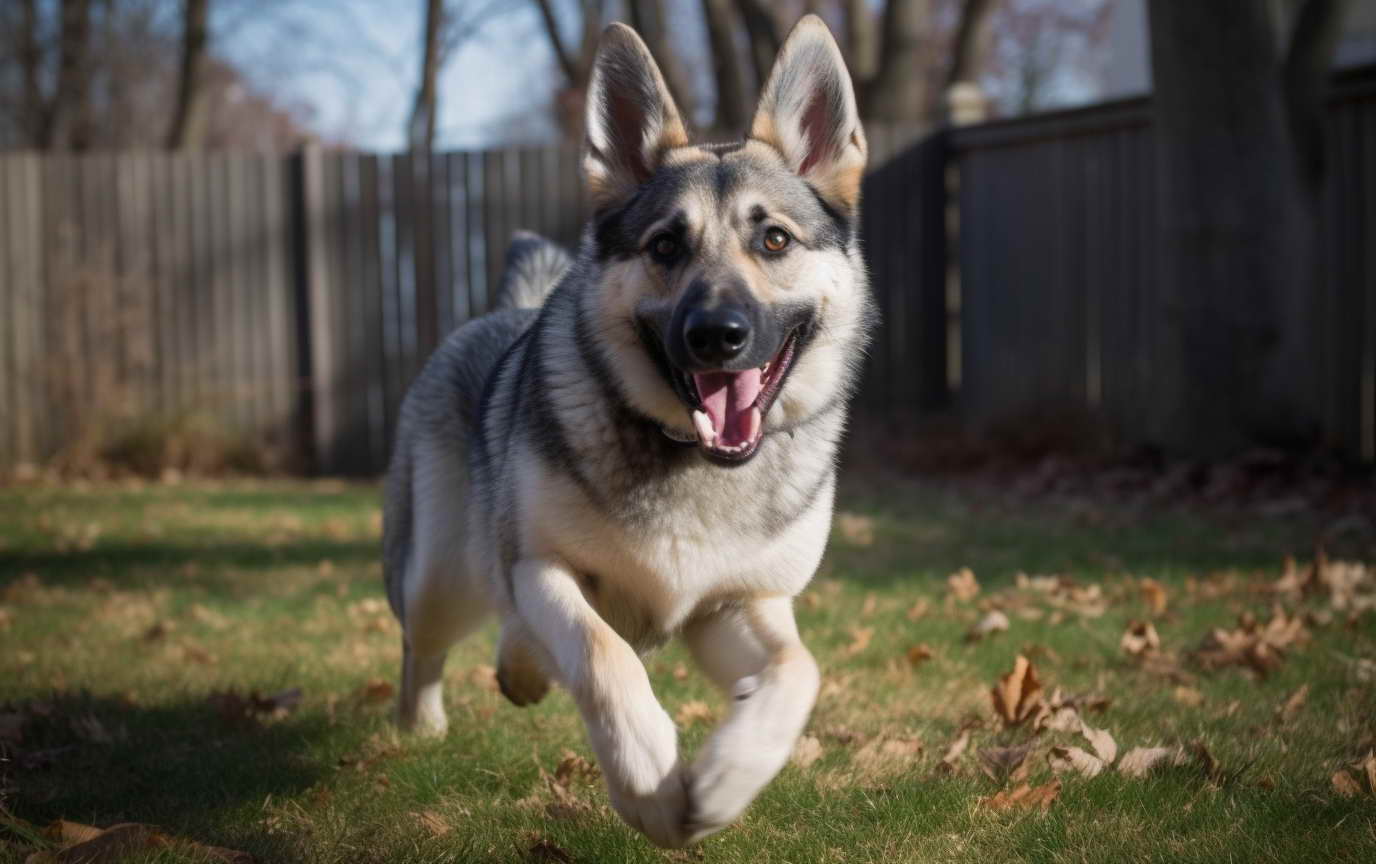
Temperament of Silver Sable German Shepherds
Silver sable German Shepherds have the same temperament as German Shepherds of other colors. When properly socialized and trained, they are:
- Intelligent
- Loyal
- Courageous
- Calm
- Protective
They make excellent working dogs and loving family companions. Their temperament comes from breeding, not coat color.
Like all Shepherds, silver sable pups should be extensively socialized from a young age to a wide variety of people, animals, and situations. This prevents shyness or aggression issues.
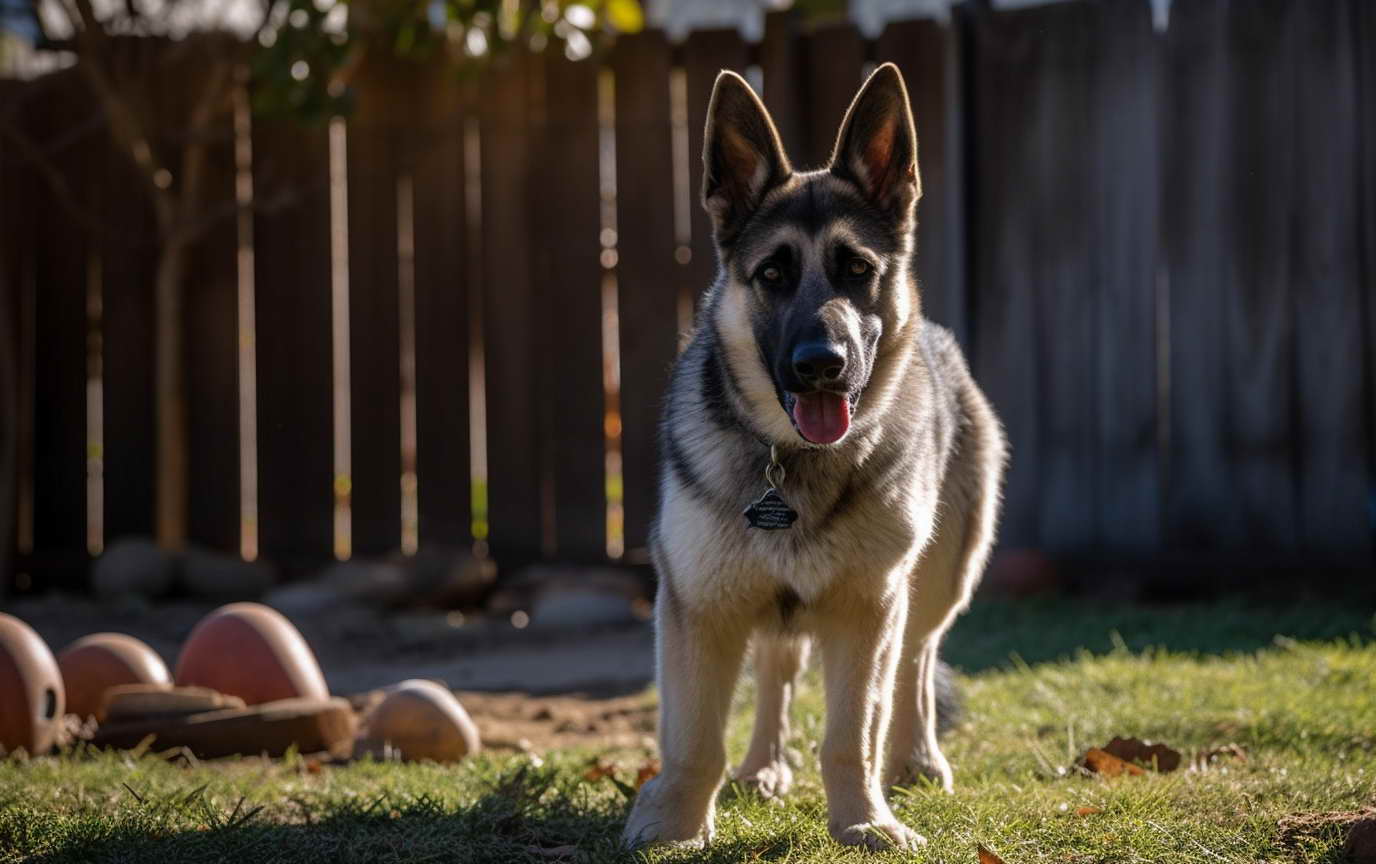
Genetics of the Silver Sable Coat
The interplay between two recessive genes produces the silver sable coat:
1. Sable Gene
The sable gene (a) controls how much black pigment is distributed in the coat. It is a recessive allele.
The sable allele restricts black pigment to just the tips of the outer guard hairs, producing a mix of lighter hues.
2. Dilution Gene
The dilution gene (d) dilutes any black pigment to gray or silver. It is also a recessive allele.
Together, these two recessive genes modify the black pigment in the classic black and tan coat to silvery-gray and black-tipped hairs.
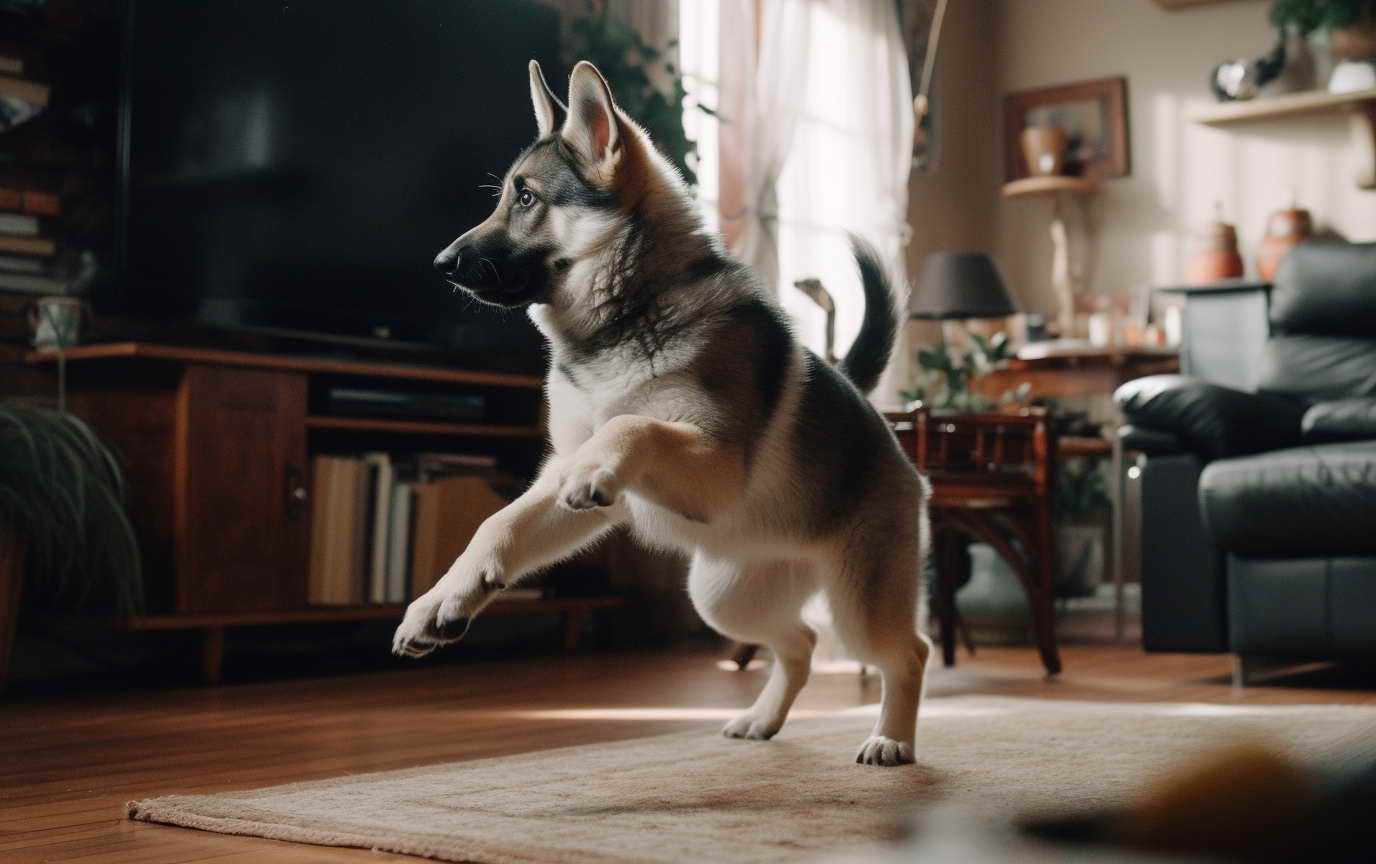
Breeding Silver Sable German Shepherds
Silver sable German Shepherds can only result from two sable parents carrying recessive genes.
When breeding two sable German Shepherds:
- Both parents must be aa (homozygous for the sable gene)
- Both parents must be dd (homozygous for the dilution gene)
This will produce silver sable puppies.
Breeders must carefully select their breeding stock to produce the silver sable coat. It is not guaranteed even with two sable GSDs.

Recognized as a Purebred German Shepherd
Some people mistakenly believe that silver sable German Shepherds are a mix between German Shepherds and Weimaraners.
Rest assured, silver sable German Shepherds are purebreds recognized by kennel clubs like the AKC.
The dilution gene that causes the silver coat is naturally found in some German Shepherd bloodlines. It does not indicate mixed breeding.
Caring for a Silver Sable German Shepherd
Silver sable German Shepherds have similar care needs to German Shepherds of other colors. However, their light-colored coat requires some specific grooming considerations.
Exercise
Silver sable Shepherds need 60+ minutes of exercise and mental stimulation daily. This energetic, athletic breed thrives on activities like hiking, swimming, agility, and interactive games.
Training
Early training and socialization are critical for any German Shepherd. Use positive reinforcement to train a silver sable GSD to be a well-mannered companion. Provide continual training to prevent problem behaviors.
Grooming
The medium-length double coat sheds moderately. Brush 1-2 times per week to control loose hairs. Bathe only when necessary to preserve the skin’s natural oils.
Pay special attention to keeping the light coat clean. Their silver hairs show dirt easily. Frequent wiping with a damp cloth keeps their coat looking its best.
Nutrition
Feed a high-quality commercial dog food appropriate for large breeds. Follow portion guidelines based on your dog’s age and activity level.
Health
Silver sable Shepherds are prone to the same genetic issues as German Shepherds, like hip dysplasia, elbow dysplasia, and bleeding disorders. Purchase from health-tested breeder lines and stay up-to-date on vet care.
With proper exercise, training, grooming, and veterinary care, a silver sable GSD will thrive as a healthy, happy companion for over a decade. Their stunning coat simply adds to their appeal as amazing dogs!

Are Silver Sable German Shepherds Rare?
The stunning silver sable coat is relatively uncommon compared to the classic black and tan coat most people associate with German Shepherds.
However, silver sable German Shepherds are not considered rare by any means. Thanks to purposeful breeding practices, their numbers have risen steadily over the years.
Reputable breeders selectively breed sable German Shepherds together who carry the recessive genes for sable and dilution. With both sable parents passing on these genes, it guarantees silver sable puppies in the litter.
While not every sable-to-sable pairing will produce the silver coat, breeders increasingly understand the genetics involved. By only breeding sable GSDs with recessive genes, they can reliably produce silver sable pups.
The dilution gene that causes the signature silver coloring has likely existed in German Shepherd bloodlines for many decades. However, it used to be an unexpected surprise when silver sable puppies were born.
Now, breeders can intentionally create the ideal genetic pairings to breed gorgeous silver sable German Shepherds. While still uncommon compared to black and tan, their numbers continue to grow.
There is no shortage of this striking coat color among reputable breeders. Responsible breeders are ensuring silver sable German Shepherds meet breed conformation standards and have excellent temperaments.
So while not as common as some coloring, silver sable is certainly not a rare coat color for German Shepherds today. And their popularity among buyers means breeders eagerly produce these remarkable silver dogs.
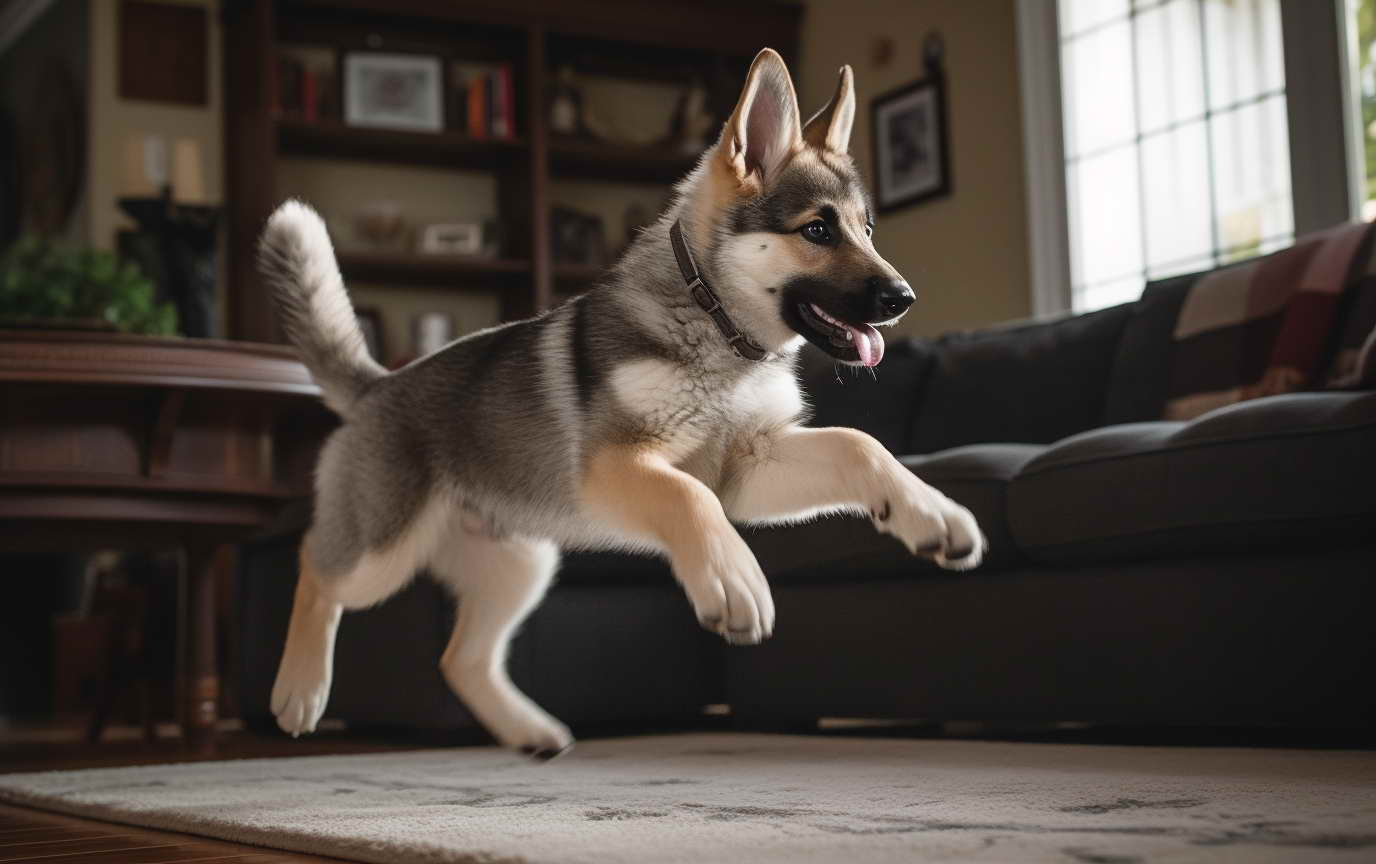
Finding Responsible Silver Sable Breeders
With silver sable German Shepherds growing in popularity, it’s crucial to find ethical, responsible breeders for these magnificent dogs.
Reputable breeders should have deep knowledge and experience with the silver sable coat. They use expert breeding practices to produce healthy silver sable puppies.
Here are some signs of a responsible silver sable GSD breeder:
- Health testing on all breeding dogs for issues like hip dysplasia, eye disease, and bleeding disorders. They provide proof of this testing.
- Focus on breeding to the AKC breed standard for both conformation and temperament. Their silver sable dogs meet the standard in every way.
- Provide excellent veterinary care and socialization for the puppies from birth until placement. Pups are well-adjusted and healthy.
- Screen buyers to ensure the dogs go to lifelong, capable homes. They require spay/neuter contracts for pet puppies.
- Lifetime support for new owners, and willingness to take dogs back at any point if needed.
- Knowledge of silver sable genetics, and thoughtfully select pairings to improve the breed. Experience breeding silver sables specifically.
- Small-scale breeding focused on quality, not quantity or profits. The breeder’s dogs live in their home with them.
Avoid silver sable breeders who seem profit-driven, don’t health test, or produce many litters annually. Finding an excellent breeder is worth the wait for this special breed!
Should You Get a Silver Sable German Shepherd?
If you’re looking for an active, loyal companion, a silver sable German Shepherd could be perfect for you.
Here are a few pros of getting a silver sable GSD:
- Their unique and beautiful coat color
- Typical eager-to-please Shepherd temperament
- Excellent working drive and intelligence
- Loyal and protective of family members
- Confirmation of breed standards
Some cons to consider:
- Moderate shedding and grooming needs
- Prone to certain genetic health issues
- Require substantial daily exercise
- Can develop problem behaviors without training
- More expensive from health-tested breeder lines
On the whole, these majestic silver sable German Shepherds make wonderful pets! Their one-of-a-kind coat simply adds to their appeal as smart, versatile working dogs.

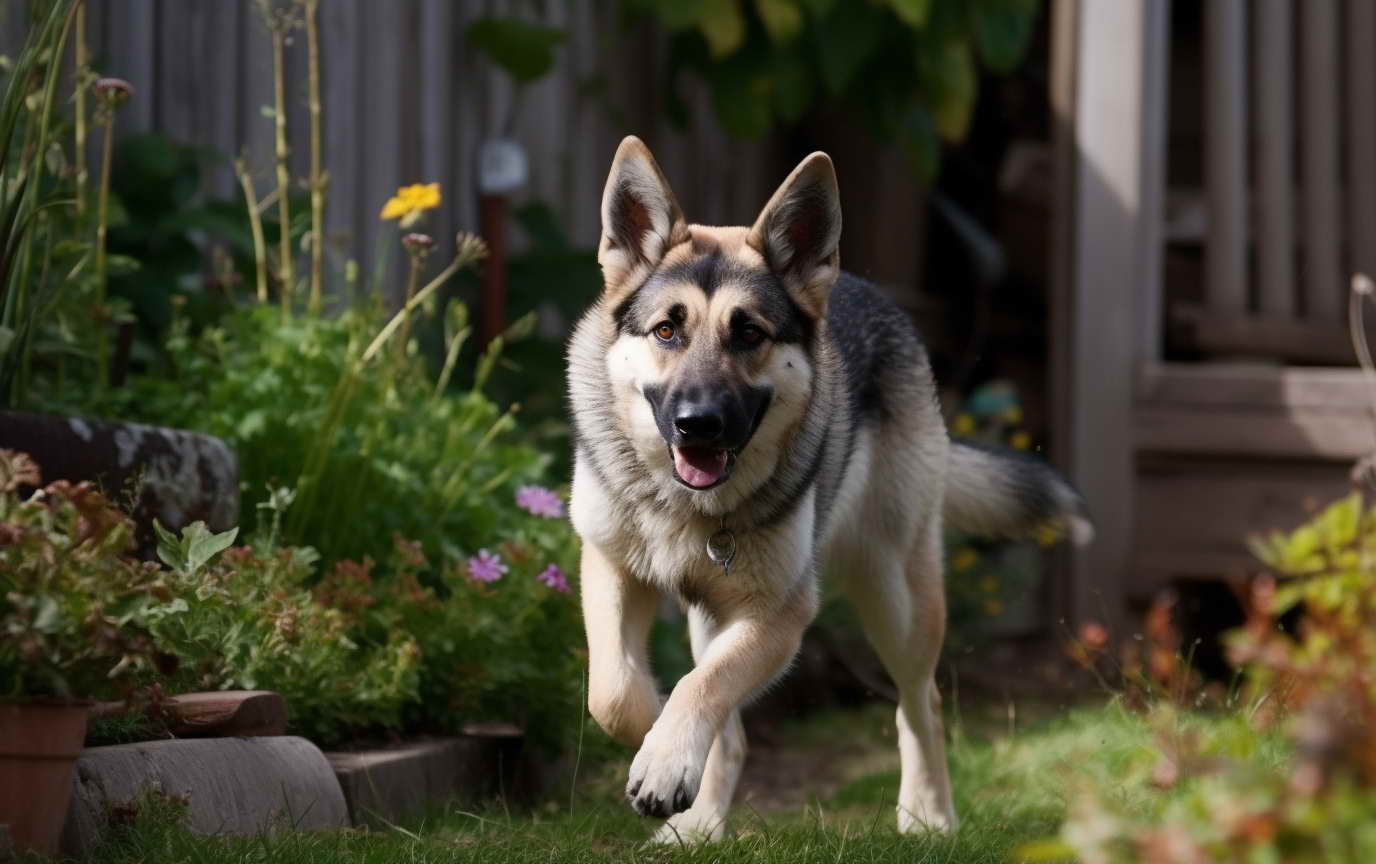
Leave a Reply